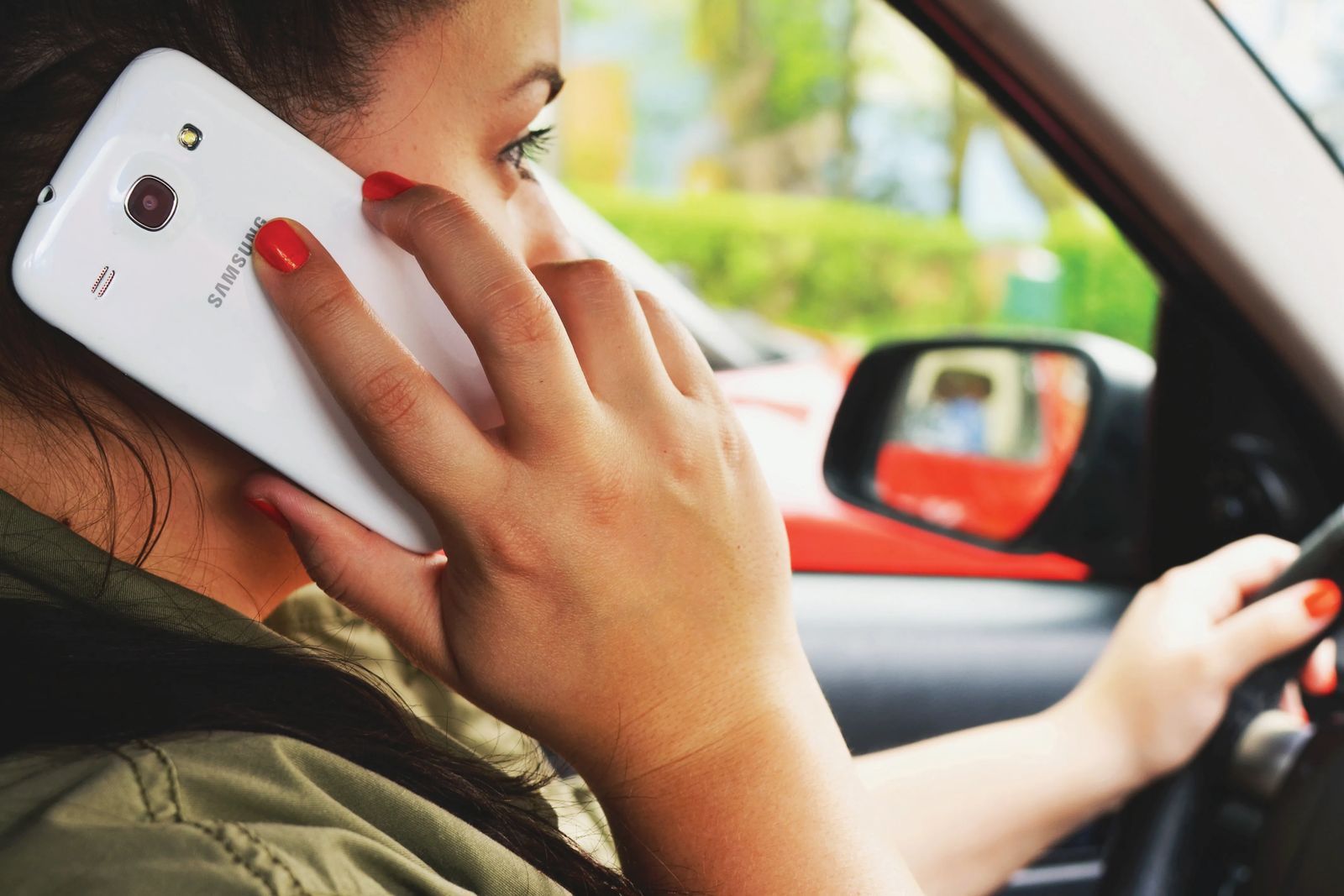
Distracted Driving
October 1, 2019 | by brooke wagner
featured image by Transport Executive
“I’m driving with Do Not Disturb While Driving turned on. I’ll see your message when I get where I’m going.” A simple phrase, but a powerful result. Keeping our eyes on the road has never been more of a challenge for newly licensed drivers and seasoned veterans alike. Even a glance at our phones to check a text message or search for a song on Spotify can be several seconds too long. In the time it takes to read or send a text (roughly 5 seconds) our vehicles can travel the length of an entire football field. One statistic reports, "At any given moment, more than 660,000 drivers are using their cell phone while driving in America." That's more than a few distracted drivers essentially driving blind. Unfortunately, our phones aren't the only thing vying for our attention while behind the wheel. Extra passengers in the car, adjusting the radio, applying makeup, or focusing on anything other than the yellow line ahead can all increase the risk of being involved in an automobile accident. Studies show that 60% of teen driver crashes can be traced to distracted driving. In 2017, distracted driving was reported in crashes that killed 3,166 people, over 8% of all fatalities.
With these sobering facts in mind, what should parents do to help protect their teen drivers from ending up as a statistic? The first step is to throw the "Do as I say and not as I do" approach out the window. This generation of teenagers has grown up watching adult figures in their lives interact with technology in a way that no other generation has witnessed. Do we answer our phones while driving, check Facebook, or respond to a quick email? How diligent are we to keep our eyes off our phones and on the road? Our kids are watching, even if they pretend they aren’t. Setting an excellent example of responsible phone use is one of the first lines of defense for parents. Since phones aren't the only issue, focusing in on things that distract us is also helpful in modeling awareness on the road.
Another significant crash risk is the number of peer passengers for newly licensed teens. One study shows that two or more peer passengers more than triples the risk of a fatal crash with a teen behind the wheel. Set limits on the number of friends a young driver can cruise the roads with. This is one way to reduce the risk of being involved in an accident that could have otherwise been prevented.
Schools also realize the struggles young drivers face in their first few years behind the wheel. Some are implementing simulator programs to help give students some off-road practice and to educate kids about the dangers of distracted driving. Skyview High School hosted the Save A Life Tour in May to increase awareness of safe driving habits. Many drivers, no matter their age, consider themselves more capable than others of facing on the road challenges and don't believe they will be the ones involved in an automobile crash. Programs like Save A Life show that anyone can be affected by distracted driving.
In the '80s and '90s, a campaign called M.A.D.D. (Mothers Against Drunk Driving) focused on educating families of the dangers of drunk driving. M.A.D.D. claims that drunk driving has been reduced by half since its founding, showing how much of an impact social pressure can have on dangerous behavior. Researchers say that a similar program is needed to change cultural perception and acceptance of distracted driving. Changing social norms may seem like a big undertaking, but using stories of lives forever changed by distracted driving helps the message hit home. AT&T launched a campaign called "It Can Wait," which shares news and first-hand accounts of lives drastically changed and even ended because of distracted driving. The online resource center encourages drivers to commit to never text and drive, reminding us that "no text is worth a life…it can wait." All drivers can take the pledge at ItCanWait.com, and share their pledge in social channels to extend the no-texting-and-driving movement #ItCanWait.
Ironically, the same technology that can distract us can also make us better and safer drivers. Several apps have been created to combat the adverse effects of phone use on our driving, bring our habits to the forefront of our minds, and even incentivize safe driving! Farmers Insurance offers an app called The Signal, which uses your phone's sensors to provide insights about your driving behavior. Other apps like Life Saver, Drive Safe.ly, and TrueMotion Family provide real-time feedback on driving habits, point out ways to improve, and arm teens and parents with a few extra tools for cutting down on distracted driving. One simple setting change can also be very effective; it's already on your smartphone! Program your phone to send an auto-reply message to texts received as soon as it detects you are driving. That way, you can arrive at your destination safe and sound without leaving anyone hanging. And since you can personalize the auto-reply, have fun with it! Here's what my friends will see if they text me while I'm driving from now on: "Hey, I'm driving and trying my best to keep my eyes on the road. I'm working on cutting down my phone use while driving. Did you know that every day, nine people in the U.S. are killed in crashes involving distracted driving? I'll see your message when I get to my destination…which is hopefully the beach."
Originally printed in the October 2019 issue of Simply Family Magazine
Never miss an issue, check out SFM's digital editions here!





